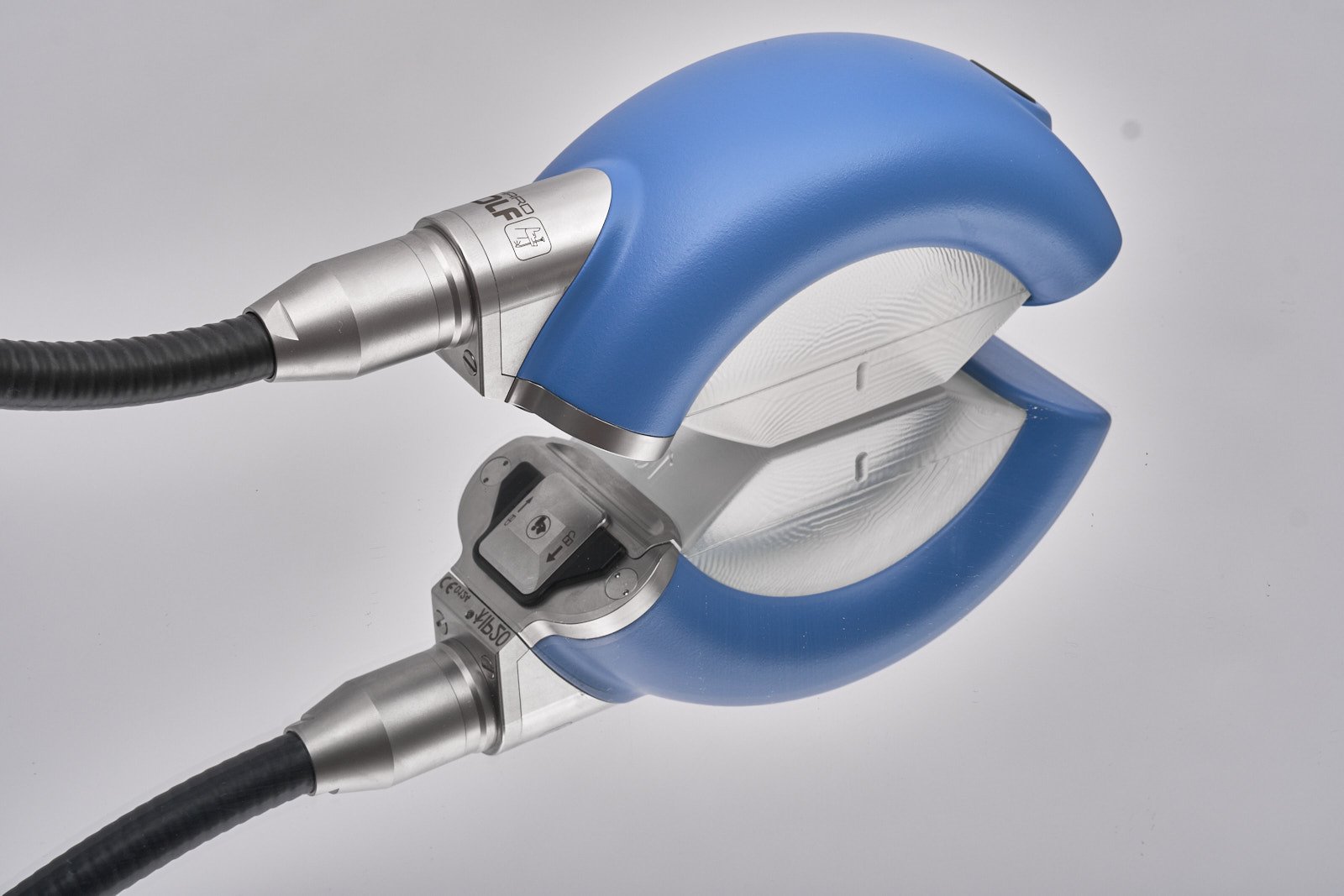
Understanding Shockwave Therapy: How It Works and Its Mechanisms of Action
Discover the science behind shockwave therapy. Learn how this innovative treatment promotes healing, reduces pain, and restores function through targeted mechanical energy.
For my kindred nerdy clients (😊) who love to understand mechanisms of action, this is for you!
Mechanism of Action in Piezoelectric Shockwave Therapy
Piezoelectric shockwave therapy works by delivering high-energy acoustic waves to targeted tissues, triggering a series of biological responses that promote healing, reduce pain, and improve tissue function. The process relies on piezoelectric technology, which uses piezoelectric crystals to generate shockwaves. Here’s a breakdown of the mechanisms involved in this therapeutic approach:
1. Generation of Shockwaves
In piezoelectric shockwave therapy, piezoelectric crystals within the shockwave machine convert electrical energy into mechanical energy, producing low -frequency shockwaves. These waves are focused onto the targeted area, such as muscles, tendons, or joints. The acoustic waves are characterized by their high intensity, short duration, and rapid pressure changes.
2. Mechanical Stimulation of Tissue
The shockwaves penetrate the tissues and create mechanical forces that stimulate cellular activity in the affected area. These mechanical forces lead to microtrauma (small injuries) at the cellular level, which may sound counterintuitive but actually accelerates the body’s natural healing processes. This process promotes cell regeneration and tissue repair by initiating a response in the tissue that includes an increase in circulation and the activation of growth factors.
3. Increased Blood Flow and Vascularization
Shockwave therapy stimulates local blood circulation and enhances the formation of new capillaries (angiogenesis) in the treated area. The shockwaves cause microvascular damage in the tissue, which triggers the body’s healing process. This increased blood flow brings oxygen and nutrients to the damaged tissues, enhancing the repair and regeneration process. Improved circulation also helps to remove waste products that accumulate in injured tissues.
4. Pain Reduction Through Nerve Desensitization
One of the immediate effects of shockwave therapy is its ability to reduce pain. The acoustic waves stimulate sensory nerves in the treated area, which in turn can block or reduce pain signals sent to the brain. This effect is similar to how other physical therapies, like massage or deep tissue manipulation, work to reduce pain. The shockwaves can also inhibit the release of pain-inducing substances like substance P, which is involved in the pain response.
5. Collagen Stimulation and Tissue Repair
Shockwave therapy promotes the production of collagen, an essential protein for tissue repair and regeneration. Collagen is vital for the healing of tendons, ligaments, and other connective tissues. The mechanical stimulation of the shockwaves encourages fibroblasts (cells responsible for collagen production) to work more efficiently, leading to stronger, more resilient tissue.
6. Reduction of Calcification
Shockwave therapy is particularly effective for treating conditions where there is calcification, such as calcific tendonitis. The shockwaves help break down calcium deposits within the tendons and muscles, allowing the body to reabsorb these deposits and improve movement. This is particularly beneficial in chronic cases where scar tissue and calcifications have formed in areas of injury.
7. Reduction of Inflammation
Shockwave therapy has been shown to decrease inflammation by increasing local circulation and promoting the release of anti-inflammatory mediators. The shockwaves stimulate the immune system and accelerate the healing process by enhancing the release of growth factors such as VEGF (vascular endothelial growth factor), which aid in tissue regeneration and inflammation control.
8. Improvement in Tissue Elasticity
By stimulating collagen production and improving blood flow, shockwave therapy can help improve the elasticity and flexibility of tissues that may have become stiff due to injury or chronic conditions. This results in better mobility and less discomfort during movement, contributing to the recovery of function and quality of life.
For those curious about the science, this therapy combines advanced technology with the body’s natural healing abilities for enhanced recovery and comfort.
